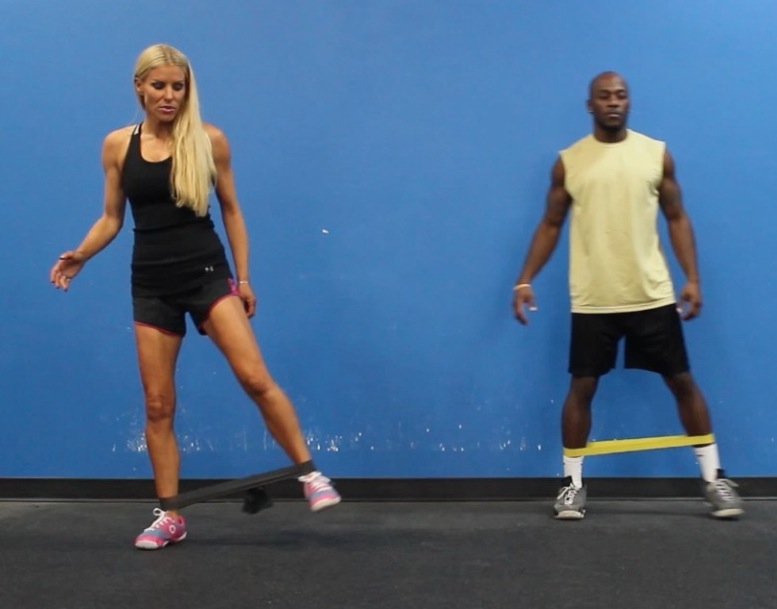Breathing is something we all do every day. Without thinking about it, part of our brain tells your alveoli (little air filled sacs in the lungs) to expand and take in oxygen and to compress to expel carbon dioxide. This motion is so elementary; it seems a bit silly how many people STOP breathing when they need it the most, during exercise.
Holding your breath is bad for a number of reasons. Our bodies are a lot smarter than we give them credit for. While exercising, the body will take oxygenated blood away from organs that aren’t being used and actually deliver it to the muscles you are working. That being said, it won’t take anything away from the heart or brain. It will, however, increase your heart rate in an attempt to distribute the oxygenated blood that is left to the rest of your body. Do you think you’ll be able to actually get the most out of your workouts if your not supplying your muscles and organs with oxygen? Mini-bouts of self-inflicted suffocation does little to benefit an exercise session.
There are two different avenues of oxygenating your muscles for a workout during cardio and resistance work. Let’s start with cardio. The main goal of breathing while running is to be able to breathe in and out consistently. Once you start to hyperventilate, or breathe in and out very quickly, it may be time to slow down a little bit. A maneuver that is becoming popular with the U.S. military is the 3:2 method. This method of breathing comes from spending one and one half times inhaling as exhaling. So for example, take one continuous breath on the left, right and left foot while running and then exhale on the right and left foot. This causes you to inhale on three feet and exhale on two feet or 3:2. Regardless of what technique you use, the most important thing is to make sure you breathe continuously.
There are many trains of thought when it comes to breathing and strength training. The most widely accepted option is to exhale on exertion. For pushing exercises like bench and shoulder press, you exhale when you are pushing the weight up. For pulling exercises such as: tricep pull downs, back rows and shrugs you exhale on the pull. For workouts that are either push or pull like squats and bicep curls you usually breathe out when fighting gravity.
Worldwide, you’ll find many different thoughts on correct breathing techniques. That being said, they all have one thing in common, and this thing is that you should purposely and continuously BREATHE. Implement some sort of purposeful breathing technique into your workout. While it will be hard at first, if you work at it long enough and refuse to hold your breath … your body will adapt. After all, our bodies are smarter than we give them credit for.







